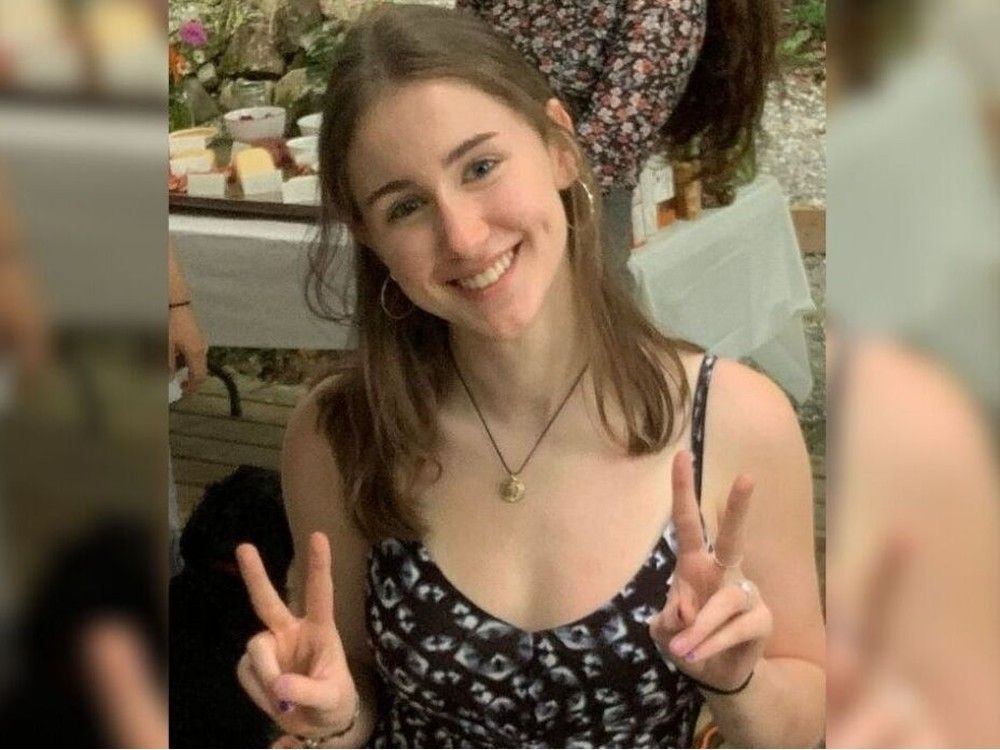
The former chief medical officer for B.C.’s Ambulance Service gave a damning indictment of the province’s 911 system on Friday, raising a number of concerns including that dispatchers rely on a remote breathing test that has a high failure rate.
Dr. Michael Christian, an international expert in pre-hospital care, was chief medical officer at B.C. Emergency Health Services, which oversees ambulances, from December 2021 to January 2024. He left the post because he couldn’t get management to address his “quality and safety” concerns, he testified at a coroner’s inquest.
His concerns included that the service was “far below” international standards for auditing how it handles 911 calls and that it was not meeting its targeted time of 10 seconds to answer 911 calls.
“Those are some of the things that I observed, as well as the series of critical patient safety incidents, including numerous deaths, that were attributed to care that was occurring inside BCEHS and related dispatch,” said Christian, who is head of the critical care division in the UBC faculty of medicine.
He tried to introduce changes to prevent future deaths, he told the inquest into the fatal fentanyl-poisoning of a University of Victoria student who did not get medical treatment fast enough despite her friends phoning 911 immediately.
“Unfortunately, as this case shows, I was unsuccessful in seeing those changes actually occur in the system, which is one of the reasons why I left,” said Christian.
Sidney McIntyre-Starko, 18, died of oxygen deprivation in January, 2024 after not receiving the overdose-reversing drug naloxone for 13 minutes or CPR for 15 minutes. An ambulance wasn’t dispatched for seven minutes into the 911 call, partly because the call-taker’s computer system interpreted the teen as having a seizure because her friends said she was “seizing.”

Ambulance call-takers in B.C. are typically not medically trained so rely on a computer system, designed by American company Priority Dispatch, to guide them through 911 calls. The system has a proprietary tool that call-takers use to determine if a patient is breathing properly, which involves getting someone at the scene to count the seconds between a patient’s breaths.
Christian testified the tool cannot tell call-takers if those counted breaths are weak or strong. He said reviews of the tool indicate it works 71 per cent of the time, meaning that with nearly one third of patients “it’s going to miss that they aren’t breathing correctly.”
Other jurisdictions that use the Priority Dispatch system have “built in extra layers” to offset this failure rate, including a doctor monitoring these types of calls, using video technology to see the patients at the scene, or asking questions earlier in the emergency to figure out quickly if a patient’s condition is critical.
On Thursday, the Priority Dispatch founder, Dr. Jeff Clawson, disagreed that the breathing diagnostic tool designed by his company had a 29 per cent failure rate, arguing instead that people were “unable to complete” the test in that percentage of cases.
The breathing diagnostic tool has a median completion time of 28 seconds to determine if someone is breathing. But in Sidney’s case, the tool was attempted by three different people at the scene — including two security officers with first aid training — and was not completed for five minutes.
Ambulance service lawyer Eric Stanger suggested to Christian that even if every system was reviewed and every change was made, “it’s not going to prevent every moment of harm.”
But Christian responded that preventing harm should be the goal of B.C.’s ambulance service.
“To work toward zero patient harms, that’s what I’d suggest most high reliability organizations do.”
BCEHS monitors how long it takes for call-takers to answer a 911 call, but he also wanted them to audit additional factors that could inform where to make improvements, including the time to confirm an address, to time to assign an ambulance, and the time to recommend CPR start.
Christian believes BCEHS didn’t make his suggested changes because it was concerned negative feedback would make it harder to recruit and hold onto dispatchers and call-takers, and therefore the service was less focused on what was best for patients.
“There is a balance between the two that needs to be struck.”
The jury has heard the call-taker spent 3½ minutes trying to find a location for the UVic dorm where Sidney collapsed, partly because the building didn’t have its own address and didn’t show up in the provincially run database used to find locations.
Christian, who reviewed Sidney’s case for the coroner’s service, noted the call-taker knew after 15 seconds that the emergency was in the Sir Arthur Currie residence on the university campus, but spent 199 seconds trying to get an exact address for paramedics.
“This far exceeds … typical best practices,” he said.
In Alberta, he said, the benchmark is to have most locations confirmed in 60 seconds. He was not aware of whether B.C. had a benchmark.
Christian said the call-taker appears to have had “task fixation” as she focused on trying to find an address, which in B.C.’s 911 system must be known before the call-taker asks what the emergency is.
He suggested allowing call-takers to determine right away if the call is life-threatening — which is only the case in five per cent of 911 calls — so they would know the urgency of getting paramedics responding. In those critical calls, crews could roll towards a general location, perhaps guided by the estimated location of the cellphone used to dial 911 — information the call-taker knew in this case.
On Thursday, Brandon Boyle, a call-taker manager with B.C. Ambulance, said it is “not unreasonable” that call-takers could become fixated on something like finding an address, but he argued it is important information to determine so paramedics can find patients at the scene of an emergency.
Christian rejected a suggestion by Stanger that BCEHS made significant proposals for change after Sidney’s case. He argued ambulance services around the world use “far more robust processes” to analyze flawed responses.
Sidney’s mother, emergency physician Dr. Caroline McIntyre, said outside court she was “absolutely devastated” to learn the ambulance service didn’t implement Christian’s proposed changes, which she believes could have saved her daughter’s life. Christian left his role approximately two weeks before Sidney died.
He told the coroner’s jury he believes the entire emergency health system, including ambulance, fire and police, should undergo a major external review to identify key changes and how they should be implemented.